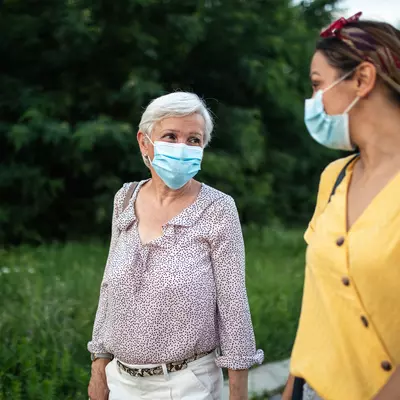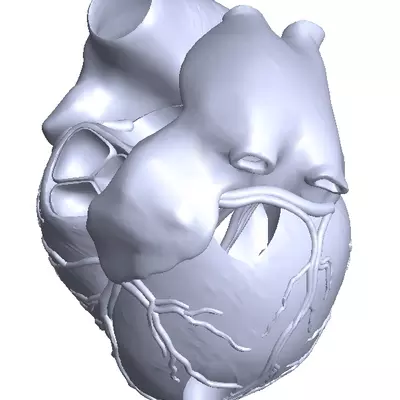- AdventHealth

Making your instructional course or event come to fruition is one thing, but once you make it happen, you should have a way to remember and share the hard work you put into it. Video documentation is one of the most important aspects of your event, but it often gets lost in the shuffle of the planning process. Documenting an event not only provides you a tool to market future events but serves as an enduring material to educate those who could not attend in person. To ensure you and your team get the most of out your course, we have listed 6 “How To’s” in order to effectively capture your event.
1. Know ahead of time what you want on film: Whether your event involves hands-on labs or conference-style presentations, your camera setup should reflect that. Your cameras, lighting, and audio should be set specifically for each aspect of the event so key moments are recorded in the highest quality possible. Remember it is a live event, so you only have one opportunity to document it. Just imagine watching the finished video in your head, think about the shots and moments that are important to tell the story of the event, and then plan that to make sure your vision is captured. Proper planning will save time in the post-production or editing process. Also this is the time to think things like if you need to have still photos for or internal newsletters, and hire a separate photographer for those needs.
2. Set up more than one camera angle: Make sure you have several cameras available so that your event is viewed from multiple vantage points and nothing is missed.
3. Don’t forget to capture your audience: While the presentations or live demonstrations may be the spotlight of your event, it’s important to get the reactions of your audience. It gives viewers a feel of how your presentation was received and helps them grasp the overall the size and scope of the event. In addition the video footage allows you to conduct a post event review to see what was successful or find opportunities for improvement next time.
4. Create a highlight video: Un-edited raw footage is certainly helpful when you want documentation of your event for on-demand viewing, but for archiving and sharing purposes, highlight videos help shine a light on what you really want your audience to see. This works especially well when you need to market your next event.
5. Editing your video: If you can’t afford to hire a professional online video editor to create your video you can use programs like Final Cut, Adobe Premier Pro, iMovie, or Sony Vegas to edit your video into something that will keep your viewers attention. There is a plethora of free video tutorials online to get you started on using any of these programs.
6. Sharing your video: This is one of the most important steps because this allows you to share your content with a mass audience. Remember that content is king! Having a great video does no good unless its seen and shared by many people. The top ways to share your video digitally is:
- Uploading to a hosting site and share through social media (Facebook, Twitter, custom YouTube channel, LinkedIn).
- Adding it to your website, and using effective key-wording to allow your content to stand out amongst the ocean of other content.
- Emailing a link of the video to your contact list
Your event shouldn’t end once the last words are spoken; it should live on through well-prepared footage. Visit our digital services page to learn more our internal studio, broadcasting capabilities, and about media technology options and methods on how we can help document your event for you!



